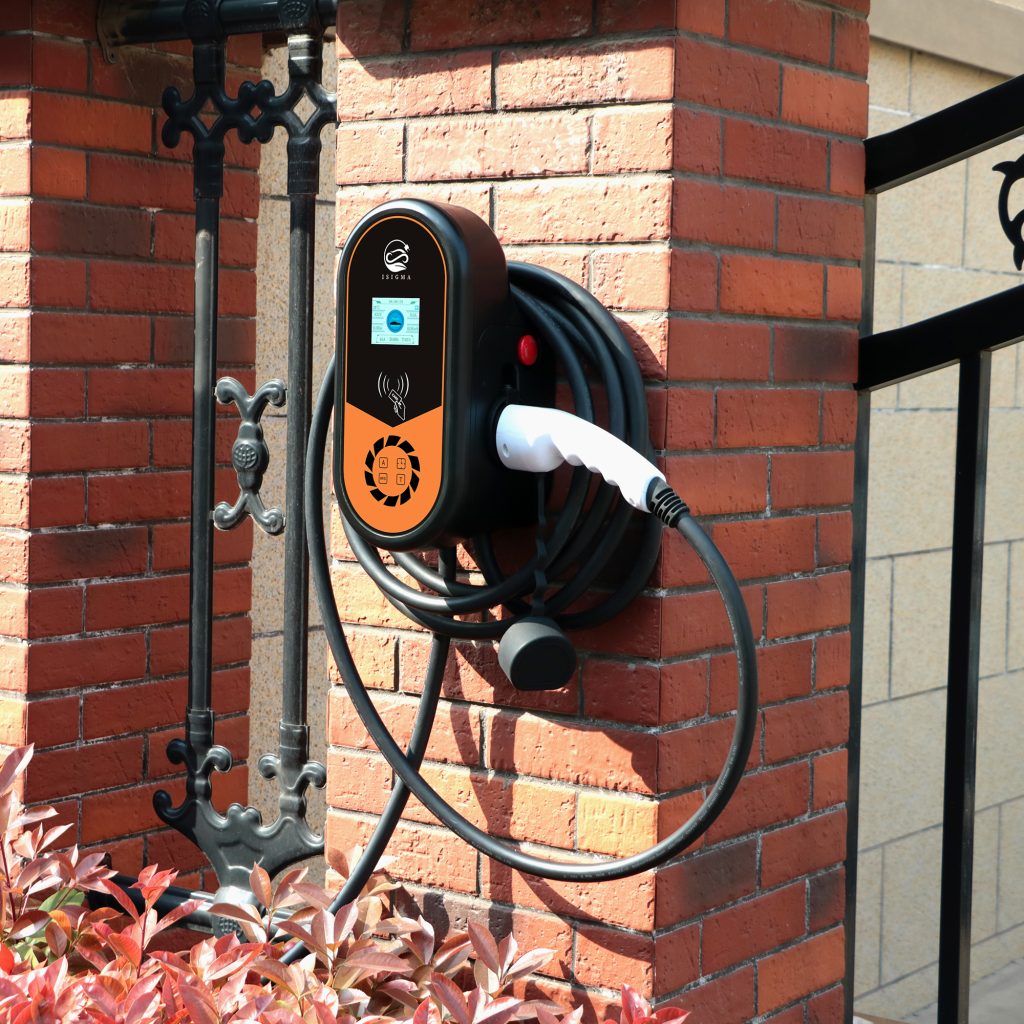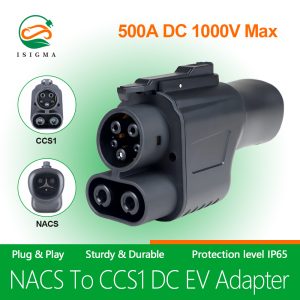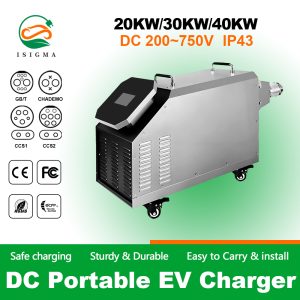Table of Contents
- Understanding Electric Car Charging
- Types of EV Charging Stations
- Charging at Home
- Public Charging Infrastructure
- Rapid Charging Networks
- Charging Etiquette and Best Practices
- EV Charging Apps and Networks
- Solar-Powered Charging Solutions
- Charging Costs and Tariffs
- Government Incentives and Support
- Future of EV Charging in Australia
Types of EV Charging Stations
In Australia, there are primarily three types of EV charging stations:
1. Level 1 Charging
Level 1 charging refers to using a standard household power outlet (GPO) to charge your electric car. It provides the slowest charging speed, typically adding around 10-15 kilometers of range per hour of charging. Level 1 charging is convenient for overnight charging at home but may not be suitable for rapid top-ups.
2. Level 2 Charging
Level 2 charging involves installing a dedicated EV charging station at home or workplace. These stations provide higher charging speeds, ranging from 15-80 kilometers of range per hour. Level 2 chargers require a professional installation but offer faster charging compared to Level 1.
3. DC Fast Charging
DC Fast Charging, recognized as Level 3 charging, stands as the swiftest charging alternative accessible. It utilizes direct current (DC) power to rapidly charge an electric car. These charging stations can add over 200 kilometers of range in as little as 30 minutes, making them ideal for long-distance travel or quick top-ups during a road trip.

Charging at Home
One of the most convenient ways to charge your electric car in Australia is through home charging. To set up a home charging station, follow these steps:
- Consult an electrician to assess your electrical panel's capacity and determine the appropriate charger for your car.
- Install a dedicated circuit and a Level 2 charging station at your home.
- Ensure the charger is compatible with your EV's connector type.
- Plug in your electric car, and the charging process will begin automatically.
Home charging provides the advantage of having a fully charged vehicle every morning without the need to visit public charging stations regularly.
Public Charging Infrastructure
Australia is rapidly expanding its public charging infrastructure to cater to the growing number of EVs. Public charging stations are available at various locations, including shopping centers, public parking lots, and highways. Some key points to consider when using public charging infrastructure are:
- Locate charging stations using EV charging apps or online maps.
- Check for available connectors and charging speeds.
- Follow any instructions or payment methods specified by the charging station provider.
- Respect parking time limits to ensure fair access for other EV owners.
Rapid Charging Networks
Rapid charging networks offer high-power charging options for electric car owners. These networks utilize Level 3 DC fast charging technology, enabling quick top-ups during long journeys. Major rapid charging networks in Australia include:
- Tesla Supercharger Network
- Chargefox
- EVolution
- NRMA Electric Vehicle Fast Charging Network
Utilizing rapid charging networks is crucial for long-distance travel, as it significantly reduces the time spent recharging your EV.

Charging Etiquette and Best Practices
When using public charging stations, it's important to follow some charging etiquette and best practices:
- Do not unplug someone else's EV unless it has finished charging or a reasonable amount of time has passed.
- Avoid leaving your EV plugged in after it has reached a full charge.
- If all charging stations are occupied, be mindful of others waiting and move your vehicle once it has finished charging.
- Report any issues or faulty charging stations to the respective network operator.
- Be considerate and ensure that charging stations are available for all EV users.
By practicing good charging etiquette, we can foster a positive charging experience for everyone.
EV Charging Apps and Networks
To make the charging process more convenient, several EV charging apps and networks have emerged in Australia. These apps allow EV owners to find and navigate to nearby charging stations, check real-time availability, and even pay for charging sessions using a single platform. Popular EV charging apps include:
- PlugShare
- ChargePoint
- JetCharge
- Tritium Veefil
- Tuya
Using these apps can streamline the charging experience and provide valuable information for EV owners.
Solar-Powered Charging Solutions
For environmentally conscious EV owners, solar-powered charging solutions offer a sustainable way to charge their vehicles. By installing solar panels and utilizing solar energy, EV owners can reduce their carbon footprint and decrease reliance on the grid. Solar-powered charging options can be integrated with home charging stations, providing a green and cost-effective charging solution.
Charging Costs and Tariffs
Charging an electric car incurs costs, similar to refueling a conventional vehicle. The charging cost can vary based on factors such as electricity tariffs, time of use, and the charging network provider. It's essential to research and compare charging costs from different providers to optimize your charging expenses.
Government Incentives and Support
The Australian government recognizes the importance of electric vehicles and offers various incentives and support to promote their adoption. These incentives include grants, rebates, and subsidies for purchasing electric vehicles, installing home charging stations, and expanding public charging infrastructure. Stay informed about government initiatives and take advantage of available support to make your transition to an electric car more affordable.
Future of EV Charging in Australia
As electric vehicles continue to gain popularity, the future of EV charging in Australia looks promising. The government and private sector are investing in the expansion of charging infrastructure, introducing advanced technologies, and exploring innovative solutions to cater to the growing demand. With the ongoing developments, charging an electric car will become even more accessible and convenient in the years to come.





